
Milan Design Week: The most beautiful installations of 2023
During Milan Design Week, I spent a week travelling all over the Italian city to discover the most exciting new products. These were my highlights.
The Milan Furniture Fair, the unmissable annual event in the world of design, came to an end last Sunday after a week. However, the impressions and locations such as tennis clubs, swimming pools and slaughterhouses will stay with me for a while.
1st Cristina Celestino at the Bonacossa Tennis Club
I was the first time I had ever entered a tennis club where furniture was on display. The architect and designer Cristina Celestino invited me to the historic building of the Bonacossa Tennis Club. This was designed by Giovanni Muzio in the 1920s and reinterpreted by Celestino for one week. She changed the floors and exhibited custom-made furniture that references tennis. Including the eye-catcher: a bench designed under her own label Attico Design in collaboration with local studio Skillmax.
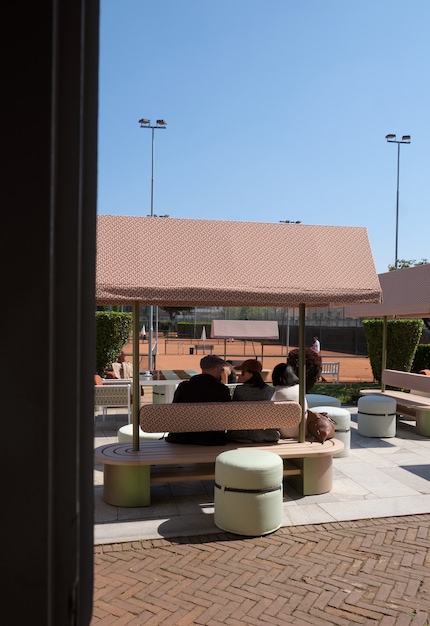
Source: Pia Seidel
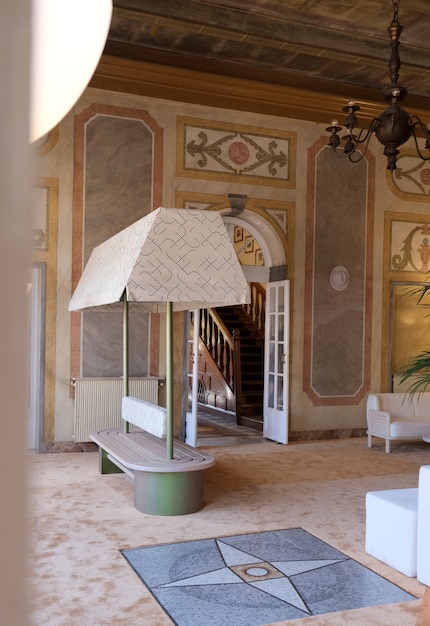
Source: Pia Seidel
2nd Gubi at the Bagni Misteriosi swimming pool
For the temporary exhibition of the furniture brand Gubi, the Bagni Misteriosi from the 1930s became the setting for design for the first time. The complex consists of two large pools, a terrace and a restaurant. With all the plants around it, it made me forget that I was in the centre of a metropolis. Gubi mainly occupied the terrace and the restaurant area. On display was new and old furniture from the Scandinavian company and an installation dedicated to the "Beetle Chair", one of their bestsellers. This is characterised by its continuous curved shell and is intended to resemble the contours of a beetle.
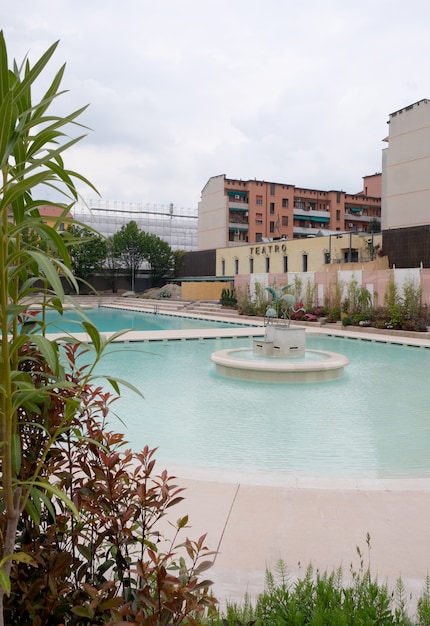
Source: Pia Seidel
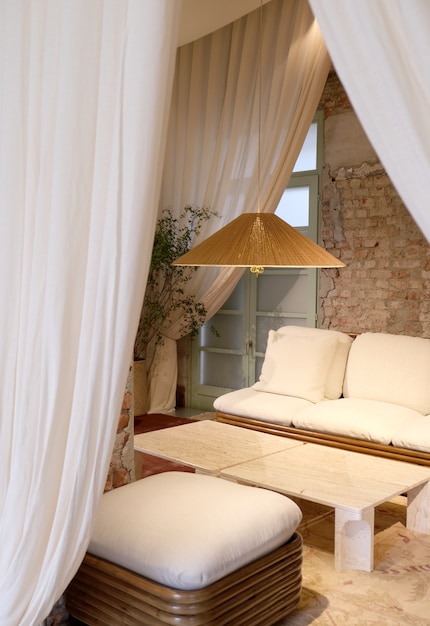
Source: Pia Seidel
3rd Studio Pepe next to the Fondazione Prada
Although the Fondazione Prada was only a few steps away, an inconspicuous industrial hall took centre stage during Milan Design Week. The Campo Base project was exhibited here. Six Italian architecture firms explored domestic intimacy and designed six tents, which together were intended to represent a hypothetical village. Each tent drew me into a different world. Massimo Adario's design, for example, consisted of several small niches that served as a retreat. Fitted with textile walls, they muffled the background noise of everyday life.
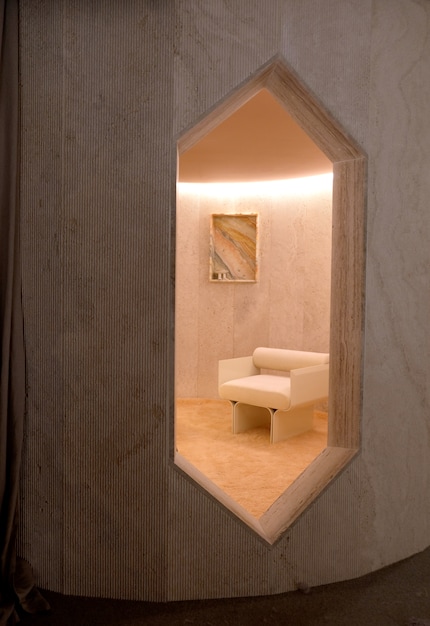
Source: Pia Seidel
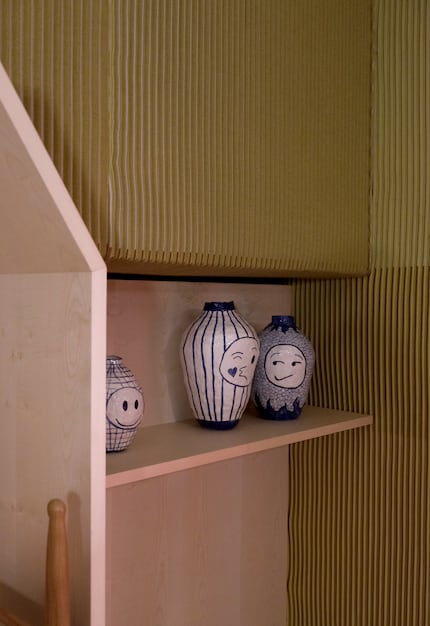
Source: Pia Seidel
4th studio at Milano Centrale
The Temporanea Galleria was perhaps the only place where I was allowed to walk through the exhibition without shoes, which suited me just fine on 20,000-step days. But it was also one of the few events that did without an imposing building and yet still stood out. The entire gallery was lined with wrapping paper. Apart from a small piece of raw plaster near a hole, nothing of the architecture was visible. Guglielmo Giagnotti and Patrizio Gola were behind the simple yet effective concept. They are the founders of Studioutte, a Milan-based multidisciplinary office for interior architecture, decoration and collector design. Their staging struck me as just as hybrid as their understanding of design. Especially the table, which reached through the aforementioned hole in the wall into the next room.
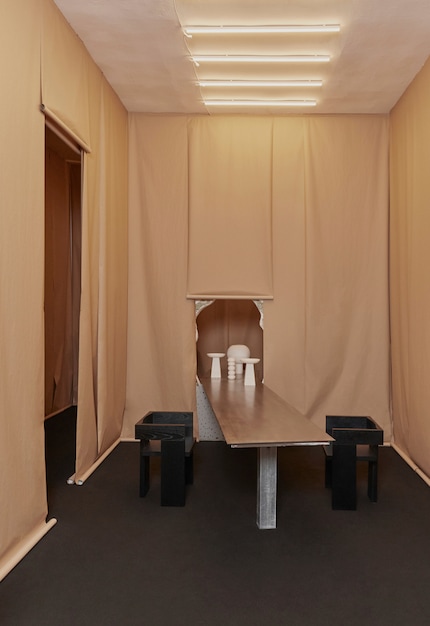
Source: Andy Massaccesi
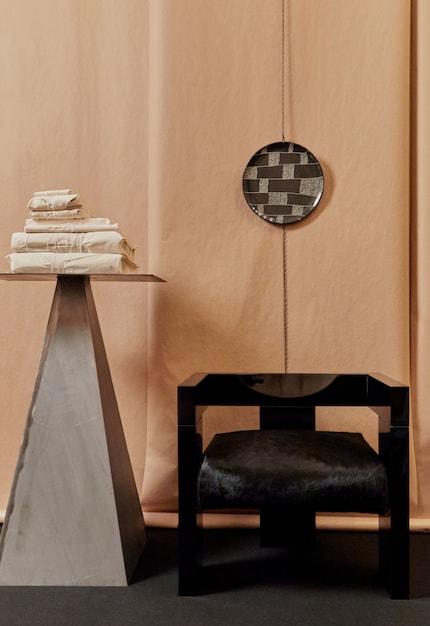
Source: Andy Massaccesi
5th Elle Decor at Palazzo Bovara
Every year, Elle Decor magazine takes over the historic Palazzo Bovara to share its vision for the home. This year, their installation was called "The Art of Light". It was conceived by the two studios Giuliano Andrea dell'Uva Architetti and Metis Lighting. With the aim of highlighting the fundamental role of light in the home, the rooms were always lit differently. Sometimes with purple, blue or pink and also with daylight. The opaque curtains were opened for a few minutes. This was intended to convey the virtuoso relationship between lighting design and interior spaces.
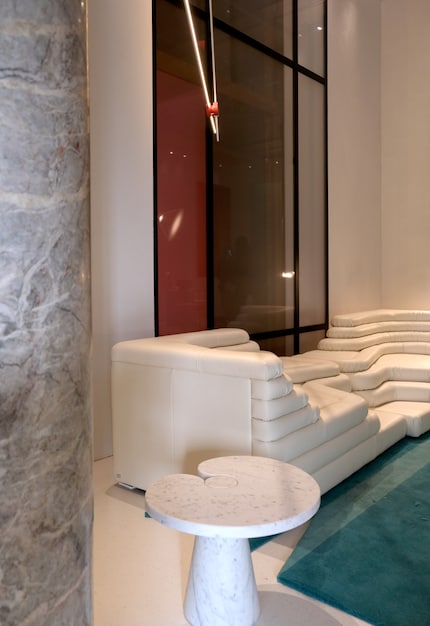
Source: Pia Seidel
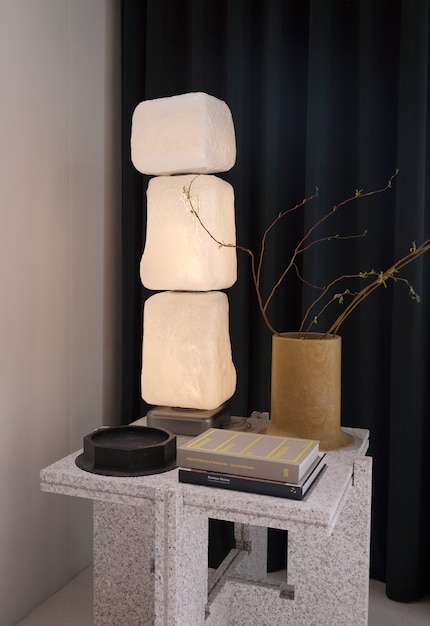
Source: Pia Seidel
6th Oxilia Gallery in the Loreto neighbourhood
Like Studioutte, the Oxilia Gallery didn't need a fancy location to stick in my mind. After all the sensory overload at the end of the week, it was just the right place to come down and focus on the essentials again - design. The Milan gallery belongs to Alessandro Mensi and Frederik De Wachter. This year, they showed the series called "Displaced Line" by Grace Prince, a Zurich-based furniture designer who explores gestures and the tension between fragile and static objects.
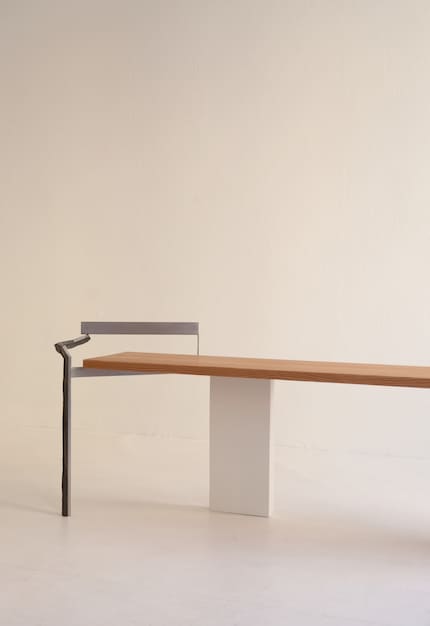
Source: Pia Seidel
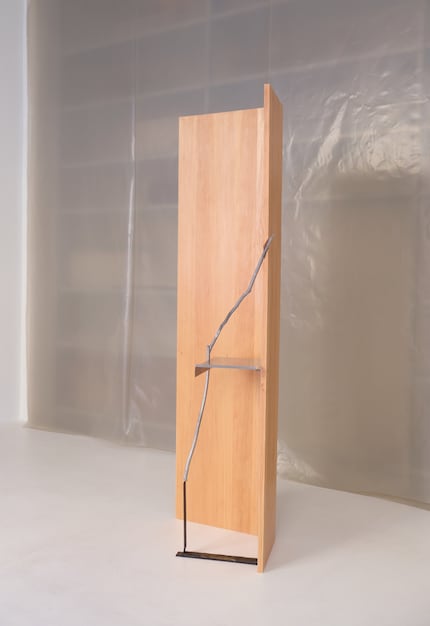
Source: Pia Seidel
7 Alcova in an old slaughterhouse
Last but not least: this year, the independent design platform Alcova 2023 revitalised a new location called "Ex-Macello di Porta Vittoria", which used to be a slaughterhouse. Visitors were able to explore over 70 projects spread across the entire site. Some of them were presented outside, others in the halls.
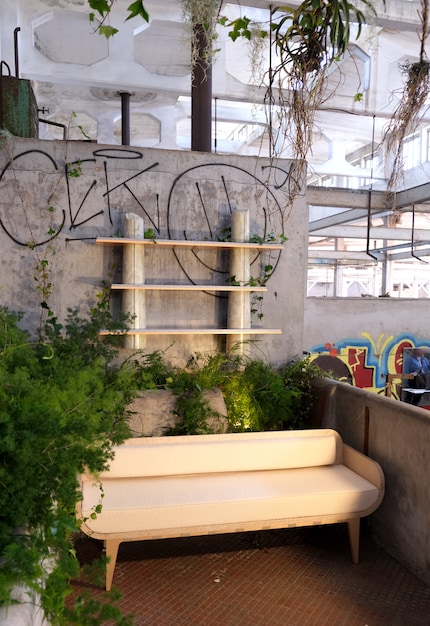
Source: Pia Seidel
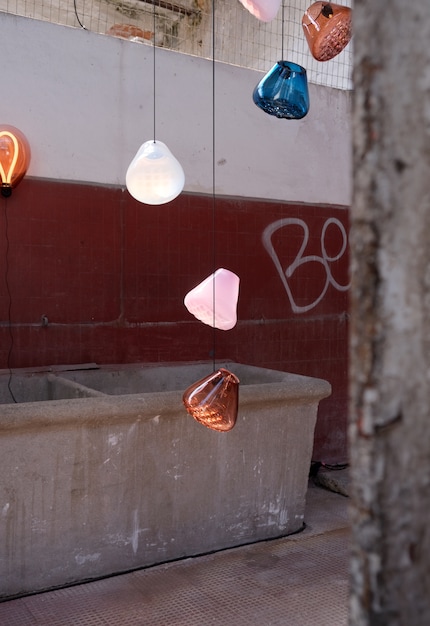
Source: Pia Seidel
With any luck, the next Alcova will also take place at the same location. This is because the curators want to make the neighbourhood around it more visible so that it continues to develop. However, they also want to avoid possible gentrification. So fingers crossed that this is not the last opportunity.
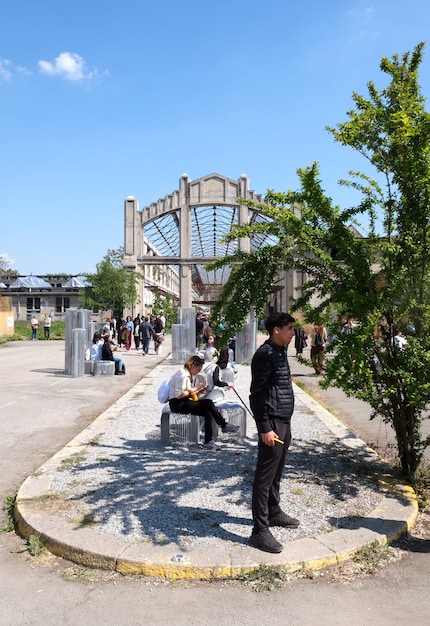
Source: Pia Seidel
Like a cheerleader, I love celebrating good design and bringing you closer to everything furniture- and interior design- related. I regularly curate simple yet sophisticated interior ideas, report on trends and interview creative minds about their work.